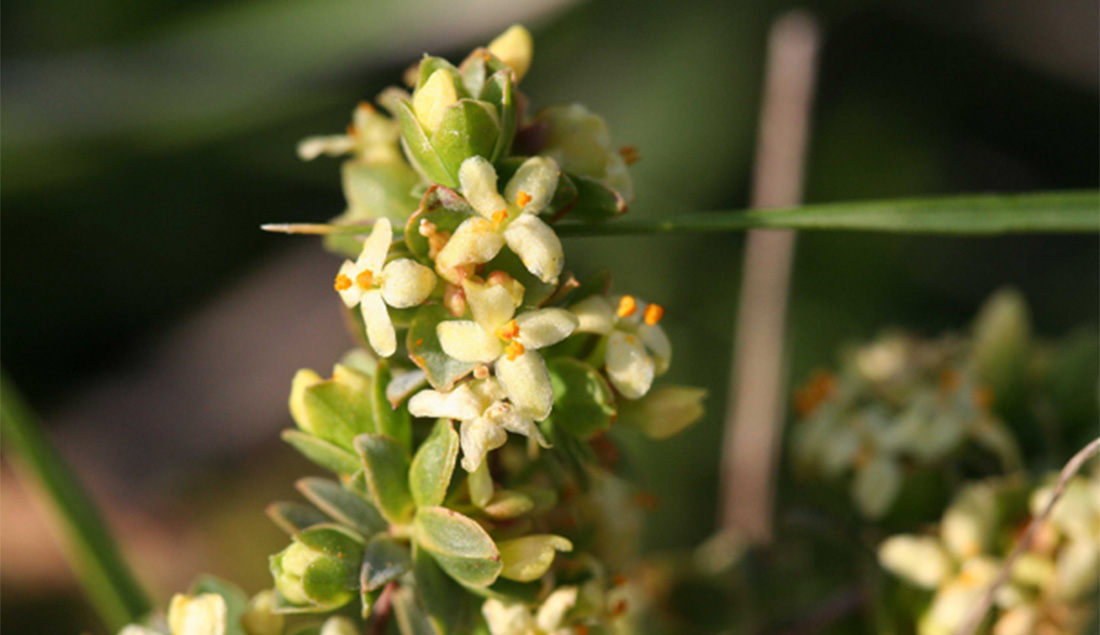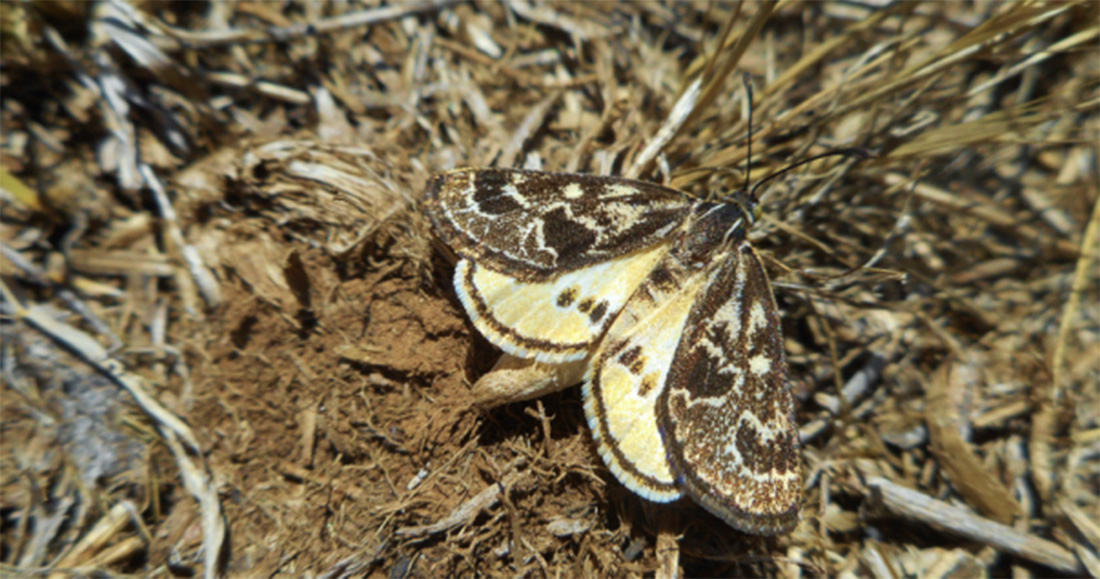Western Treatment Plant - a treat for biodiversity
WATCH - Biodiversity Overview
The Western Treatment Plant is a “hot spot” for biodiversity and is recognised as a wetland of internationally importance under the Ramsar Convention.
A key part of the ecological importance of this site is the permanence of the water – birds and other species always know they can get a feed here, even when other wetlands are totally dried up. As the sewage treatment system at the WTP has become more efficient over time, some of the treatment lagoons are now managed primarily for their importance as wetland habitat.
A particularly precious habitat at the WTP is coastal saltmarsh. A significant project by Melbourne Water together with the Victorian Government restored a large swathe of this vegetation community as part of the rehabilitation of a decommissioned sewage treatment lagoon. This has supported populations of one of the world’s rarest birds, the Orange-bellied Parrot.
WATCH - Orange-bellied Parrots
The Orange Bellied Parrot is one of the rare and threatened species that finds important habitat at the Western Treatment Plant.
Another rare ecosystem being managed at the Western Treatment Plant are the amazing grasslands of the Victorian Volcanic Plains, which once stretched from the Yarra River to the South Australian Border. Less than 2% of these grasslands remain, making them one of the most endangered ecosystems in Australia. They host a range of unique herbs, grasses and wildflowers, as well as rare fauna such as the Plains Wanderer and the Striped Legless Lizard.
Grasslands require particular care, as they thrive from being regularly managed through fire. Large, tussocky grasses can get too large, preventing smaller, flowering herbs from getting enough sun, nutrients and space to grow. With the loss of First Nations land management, the introduction of tussock grasses, herbaceous weeds, sheep and cattle grazing and the use of fertilisers, a lot of native grassland species have become threatened. In collaboration with Melbourne Water, Country Fire Authority (CFA) and Department of Energy, Environment and Climate Action (DEECA), the Wadawurrung Traditional Owners Aboriginal Corporation has returned fire to these ecosystems, with two cultural burns delivered in 2023. They were a great success, reducing weeds, controlling introduced tussocks and rejuvenating many native flora and fauna species, as well as supporting cultural connection to Country for all involved.
Melbourne Water has also received funding from the federal Department of Climate Change, Energy, Environment and Water to deliver a grassland restoration project in partnership with Wadawurrung Traditional Owners Aboriginal Corporation . This four-year project aims to establish a grassland stewardship program with private landholders, enable Wadawurrung to return cultural fire to high quality grasslands and increase community awareness of the value of grasslands.


Caring for grasslands, wetlands, saltmarsh and half of Melbourne’s sewerage treatment requires collaboration with many groups and organisations – a key part of what the Healthy Waterways Strategy is all about.
Links to the Healthy Waterways Strategy – Werribee Catchment
The work outlined here is contributing towards targets and performance objectives aimed at protecting multiple key values in the Healthy Waterways Strategy, including birds, saltmarsh vegetation, and protecting specific habitat.
The protection and restoration of saltmarsh on the northern shores of Port Phillip Bay also contribute to vegetation and habitat performance objectives in the Little River Estuary and priority wetlands The Spit Nature Conservation Reserve and the WTP treatment lagoons. The works, monitoring and research supporting conservation at the WTP, including the grasslands, is supporting the regional performance objectives to protect and enhance sites of biological significance.
The cultural burns led by the Wadawurrung Traditional Owners Aboriginal Corporation are contributing to Regional Performance Objectives for Cultural Values.